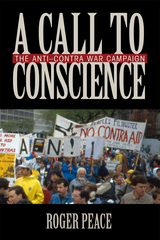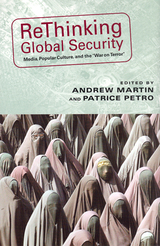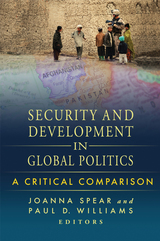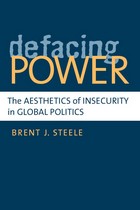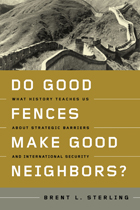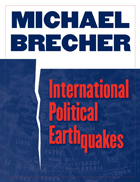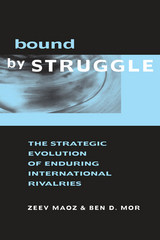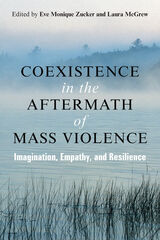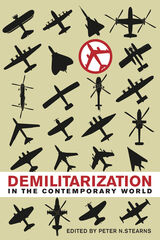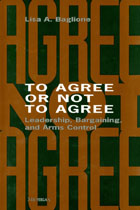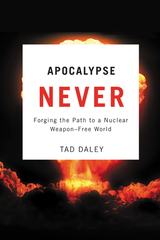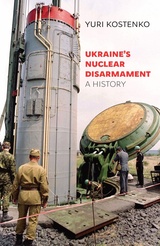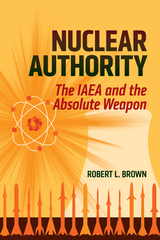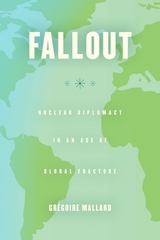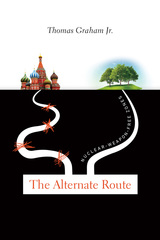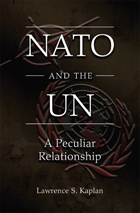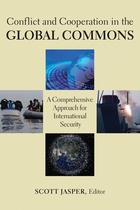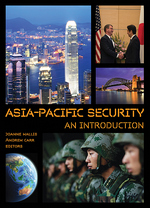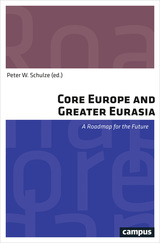Paper: 978-1-64712-131-0 | Cloth: 978-1-64712-130-3
Library of Congress Classification JZ5665.C67 2021
Dewey Decimal Classification 327.1747
A reappraisal of classic arms control theory that advocates for reprioritizing deterrence over disarmament in a new era of nuclear multipolarity
The United States faces a new era of nuclear arms racing for which it is conceptually unprepared. Great power nuclear competition is seemingly returning with a vengeance as the post–Cold War international order morphs into something more uncertain, complicated, and dangerous. In this unstable third nuclear age, legacy nonproliferation and disarmament instruments designed for outmoded conditions are ill-equipped to tame the complex dynamics of a multipolar nuclear arms race centered on China, Russia, and the United States.
International relations scholar David A. Cooper proposes relearning, reviving, and adapting classic arms control theory and negotiating practices to steer the world away from threatening and destabilizing nuclear arms races. He surveys the history of nuclear arms control efforts, revisits strategic theory’s view of nuclear competition dynamics, and interviews US nuclear policy practitioners about both the past and the emerging era. To prepare for this third nuclear age, Cooper recommends adapting the Cold War’s classical paradigm of adversarial arms control for the contemporary landscape. Rather than prioritizing disarmament to eliminate nuclear weapons, this neoclassical approach would pursue pragmatic agreements to stabilize deterrence relationships among today’s nuclear rivals. Drawing on an extensive theoretical and practical study of the Cold War and its aftermath, Cooper distills relevant lessons that could inform the United States’ long-term efforts to navigate the unprecedented dangers of nuclear multipolarity.
Diverging from other recent books on the topic, Arms Control for the Third Nuclear Age provides analysts with a more hard-nosed strategic approach. In this very different era of great power rivalry, this book will be a must-read for scholars, students, and practitioners of nuclear arms control.
See other books on: Armageddon | Nuclear arms control | Nuclear disarmament | Nuclear nonproliferation | Security (National & International)
See other titles from Georgetown University Press

